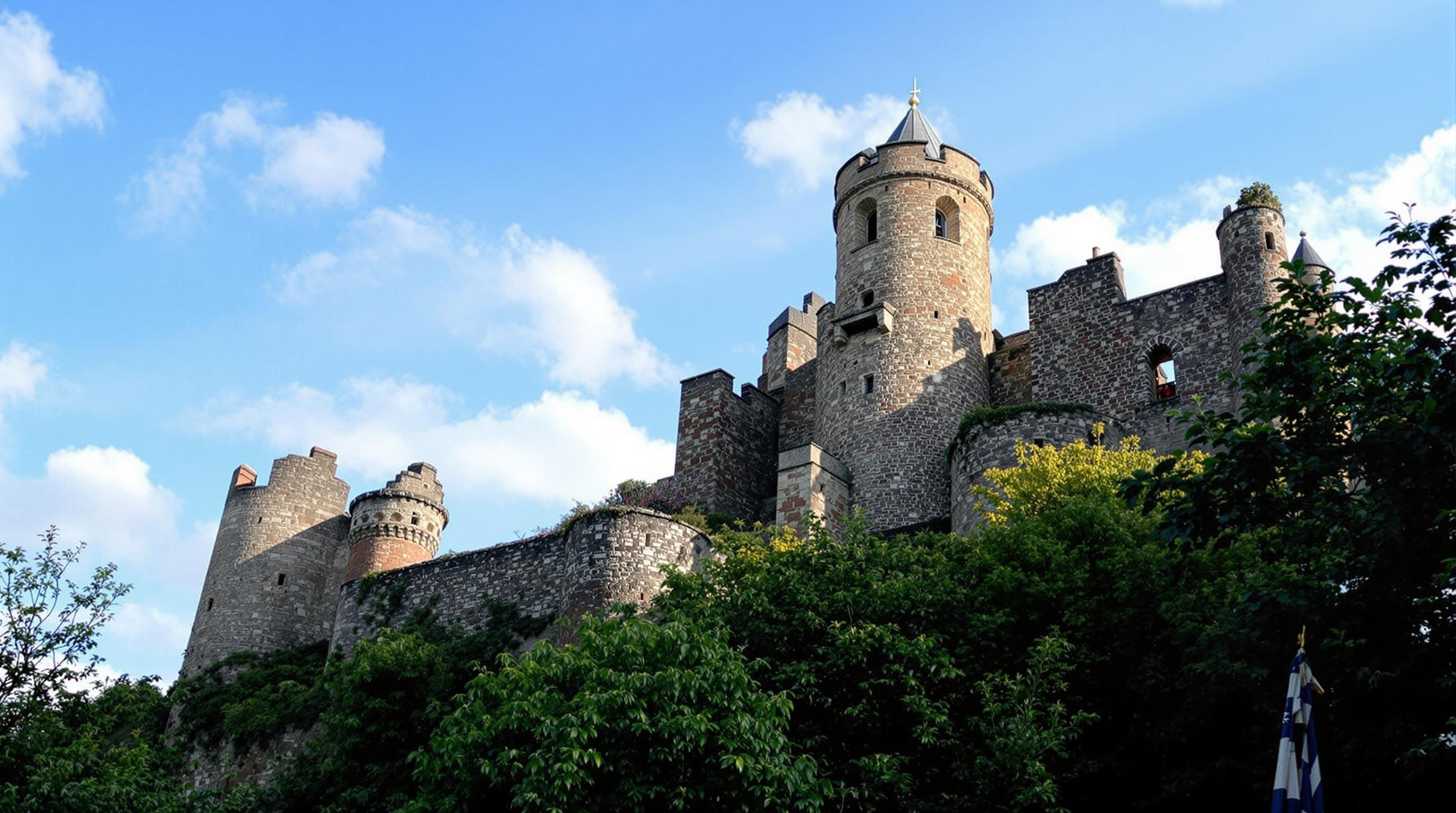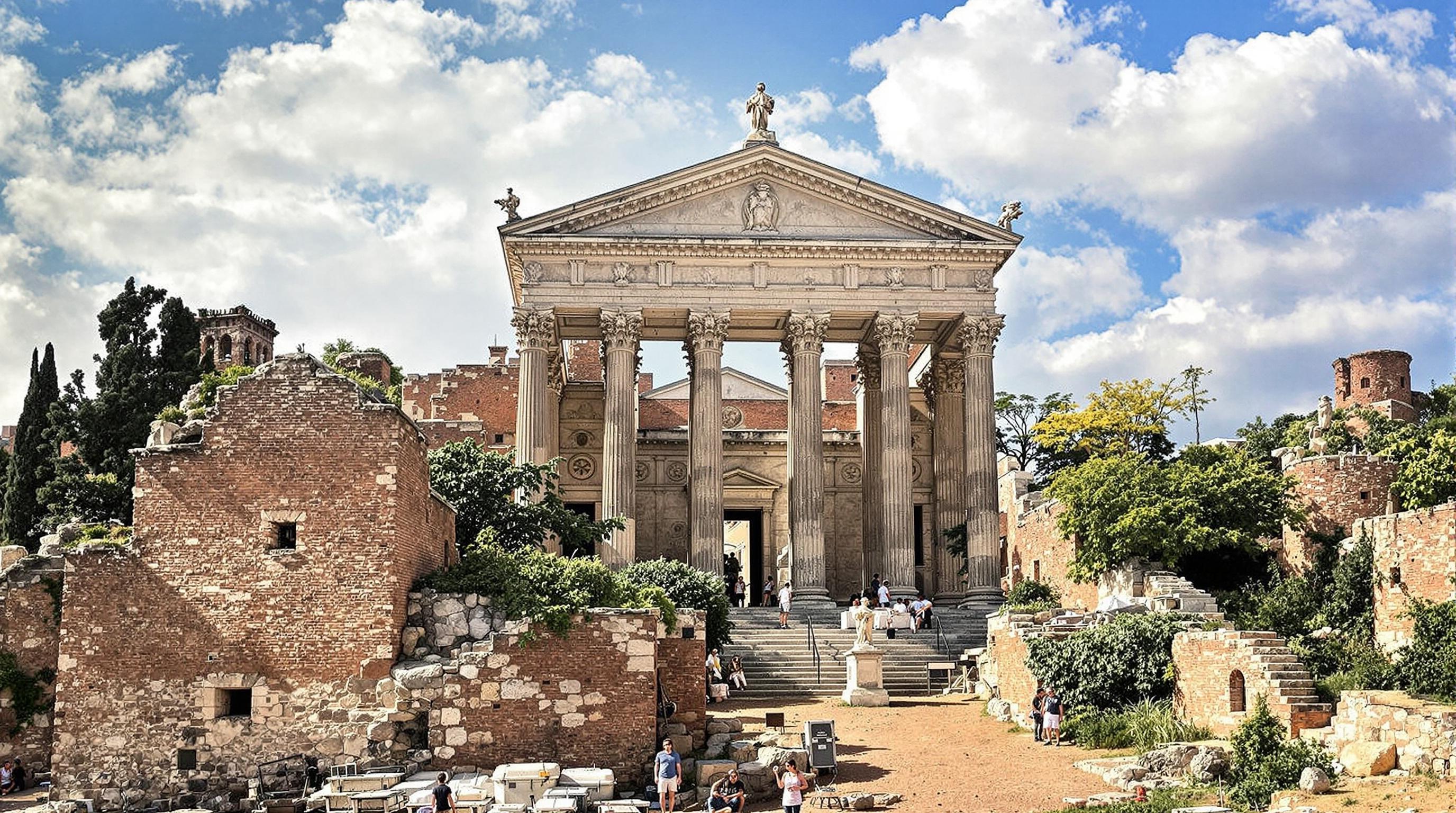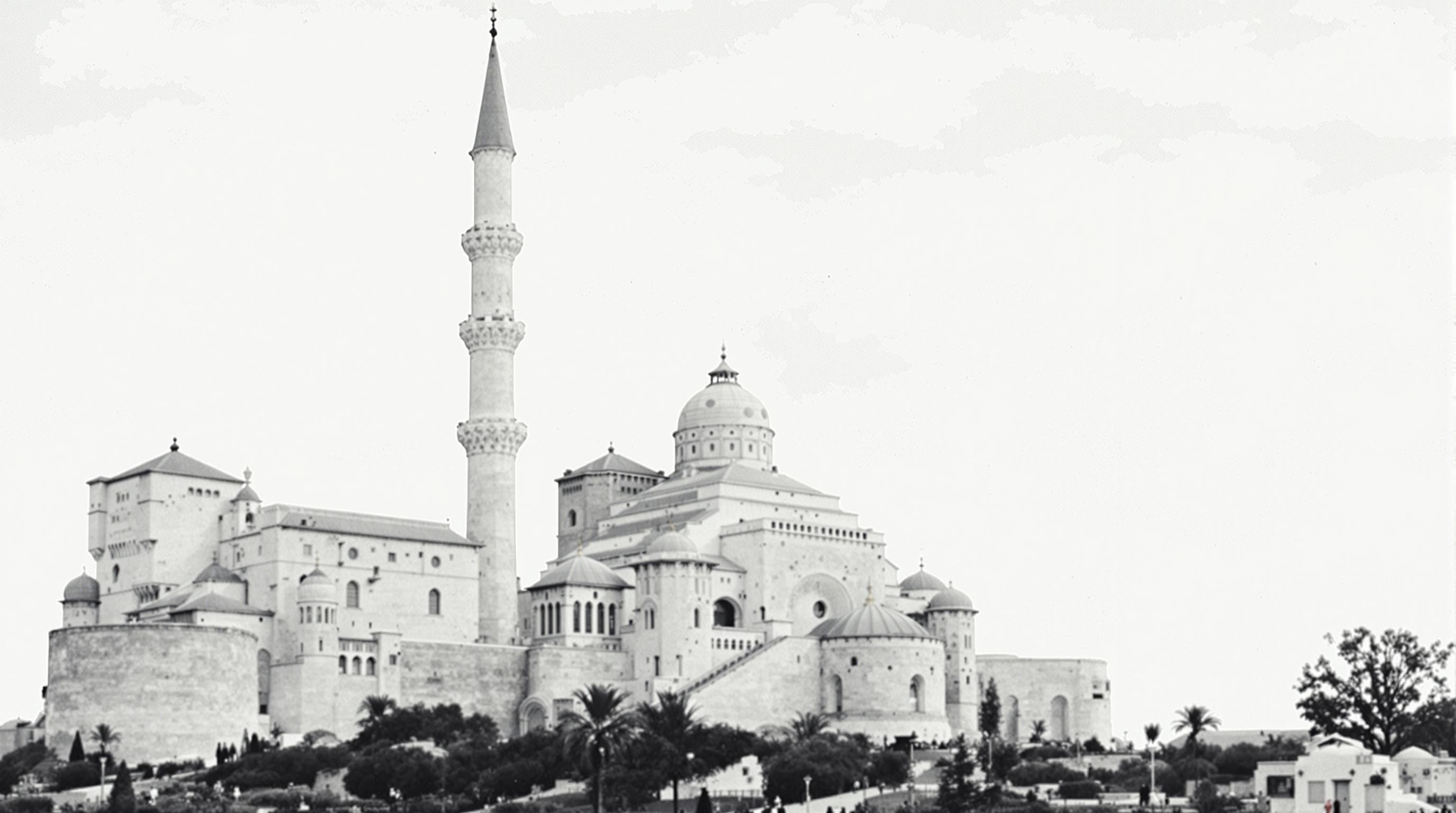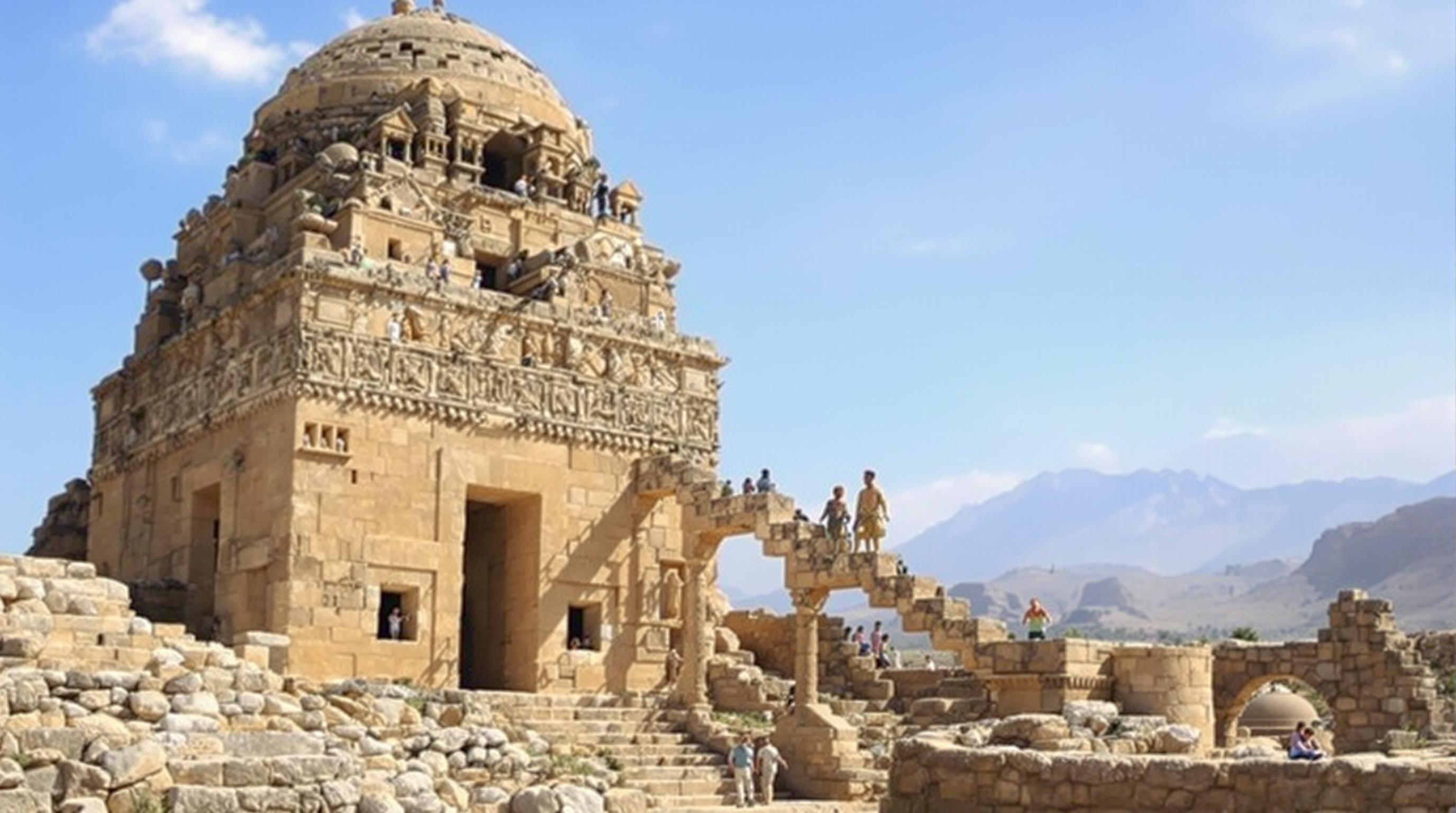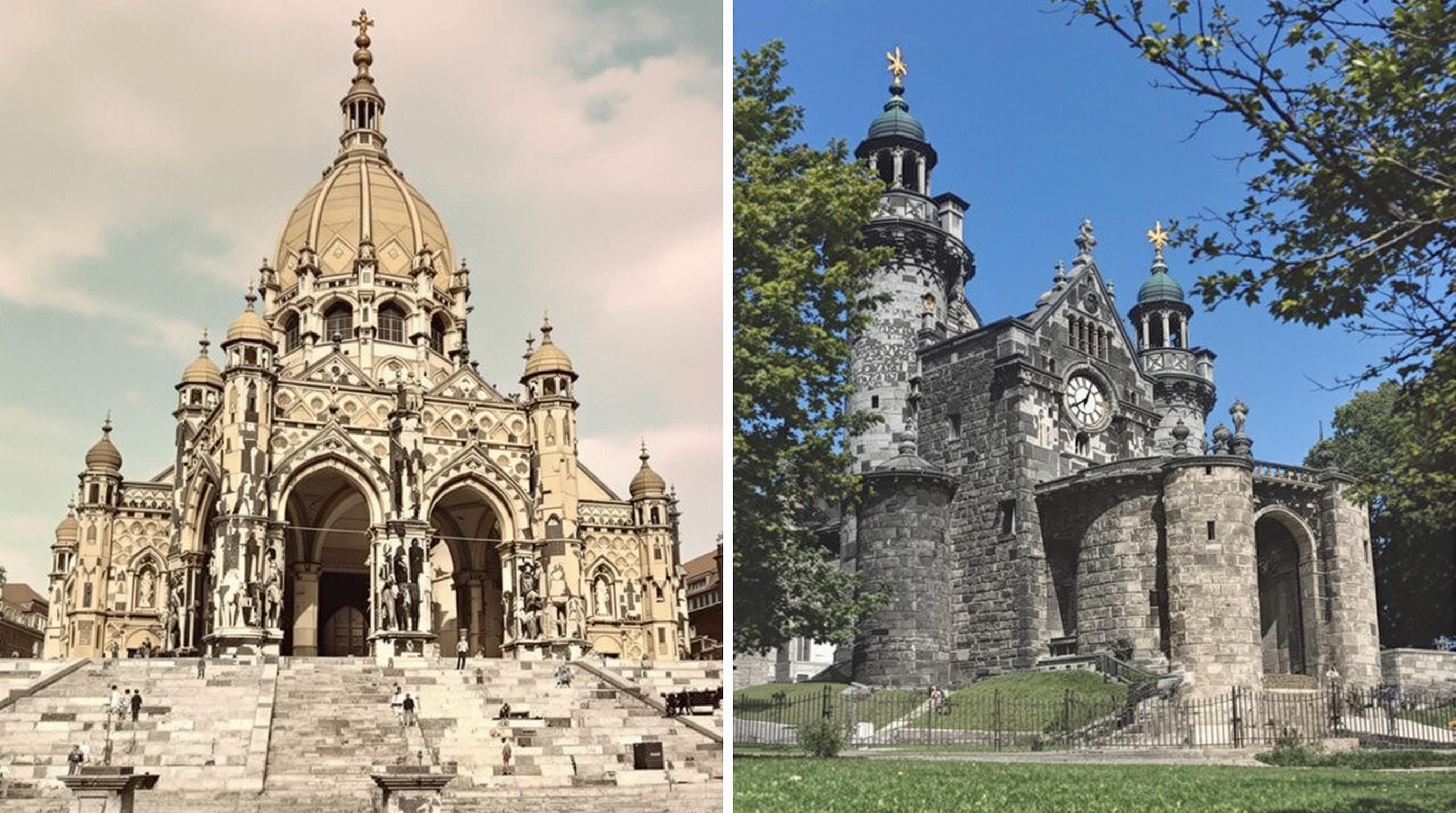Related Articles
- Navigating Ethical Travel: The Role of Arts and Crafts in Supporting Local Economies and Cultures
- Rediscovering Ancestral Routes: How Ancient Trails Offer Insights into Sustainable Travel Practices
- The Ethical Dilemma of Luxury Travel: Splurging or Supporting Sustainable Development?
- Navigating Ethical Dilemmas: The Quest for Authenticity in Local Food Experiences While Traveling
- Beyond the Facade: Exploring the Subsurface Infrastructure of Iconic Historical Structures
- Curiosities Unearthed: The Surprising Connections Between Historic Sites and Modern Art Movements
5 Intriguing Historic Landmarks That Reveal the Surprising Influence of Folklore and Myth on Our Shared Heritage
5 Intriguing Historic Landmarks That Reveal the Surprising Influence of Folklore and Myth on Our Shared Heritage
5 Intriguing Historic Landmarks That Reveal the Surprising Influence of Folklore and Myth on Our Shared Heritage
1. Stonehenge: The Enigmatic Megaliths
Stonehenge stands as a monumental testament to ancient engineering and a beacon of myriad myths that envelop its origins. While its construction remains shrouded in mystery, folklore suggests that it was built by Merlin, the legendary wizard of Arthurian lore, using the magical powers of the fae. This melding of historical fact and fantasy reflects our deep connection with the past and its stories.
The surrounding landscape is rich in Neolithic archaeological sites that inspire further speculation about the ceremonies and religious practices of those who built Stonehenge. Local legends often invoke the site's connection to the solstice, aligning with the patterns of celestial bodies, thus grounding this iconic landmark in both scientific inquiry and mythical storytelling.
The key to Stonehenge's allure lies in its power to evoke wonder and promote exploration through the stories it has inspired. It encourages us to question our understanding while reminding us that our cultural heritage is steeped in the folk tales we share, bridging gaps between science and mythic narrative.
2. The Great Wall of China: A Tale of Protection and Spirits
Spanning thousands of miles, the Great Wall of China is primarily viewed as a feat of engineering and ancient defense. However, its history is interwoven with folklore that reveals the emotive significance of its existence. Legends often speak of spirits guarding the wall, as well as tragic love stories of those who lost their lives while protecting their homeland, embodying the values of loyalty and sacrifice.
One poignant story includes that of Lady Meng Jiangnu, who, upon learning of her husband's death during the wall's construction, wept so mournfully that her tears caused a section of the wall to collapse. This narrative encapsulates the human aspect of monumental structures, making the Great Wall a symbol not just of physical fortitude, but of emotional storytelling.
Through these rich tales, the Great Wall serves as a reminder of understanding the past through folklore. It demonstrates how tales of heartbreak, heroism, and the supernatural are woven into the very fabric of historical landmarks, allowing us to connect deeply with our shared heritage.
3. Machu Picchu: The Lost City of the Incas
Perched high in the Andes Mountains, Machu Picchu is often celebrated for its breathtaking architecture and terraced farmland. Yet, the site is also steeped in Incan folklore. One prevalent tale tells of Pachacuti, the Inca emperor who supposedly transformed the city into a sacred space, bridging the earthly realm and that of the gods.
Local legends maintain that the site was built for the worship of Inti, the sun god. The alignment of its structures during solstices serves to reinforce this connection between architecture and astronomical events, emphasizing how myth and celestial observation were integral to Incan society.
As scholars continue to uncover Machu Picchu’s secrets, it becomes clear that folklore significantly enhances our understanding of this remarkable place. The stories that surround it connect its past to the spiritual beliefs and cultural practices of the Inca, revealing how deeply intertwined our histories and myths truly are.
4. The Colosseum: Arena of Legends
The Colosseum in Rome is known for its architectural grandeur and its history of gladiatorial battles. However, the landmark also holds a wealth of folklore that breathes life into its stone walls. Tales of long-lost gladiators, famous battles, and mythical beasts are abundant, allowing the arena to transcend its original function into a rich tapestry of Italian lore.
Local legends suggest that the bones of gladiators haunt the arena, embodying the struggles of those who once fought for glory and survival. These narratives highlight themes of sacrifice, destiny, and mortality—elements that echo through both ancient Roman culture and contemporary interpretations.
The Colosseum stands not just as a historical monument, but as a vibrant stage for the stories that have transformed it over the centuries. The folklore surrounding it serves as a reminder of the enduring human spirit, linking the past to present and inspiring ongoing fascination with Rome’s legacy.
5. The Pyramids of Giza: Echoes of the Afterlife
The Pyramids of Giza are among the most iconic landmarks in the world, steeped in rich historical significance. However, they are equally fascinating for the myriad myths and stories woven around them. Ancient Egyptians believed that the pyramids were gateways to the afterlife, designed to facilitate the transition of pharaohs into the realm of the gods.
The most renowned tale includes the legend of Osiris, the god of the underworld, and his resurrection, symbolizing the cycle of life and death. The pyramids thus became not only burial sites but also monuments to the divine, intertwining the mortal with the celestial.
These deeply rooted traditions reflect our intrinsic need to make sense of mortality and the afterlife. The stories associated with the Pyramids of Giza continue to resonate, inviting exploration into the spiritual and cultural practices of ancient Egypt, and revealing the powerful role that folklore plays in our collective history.
